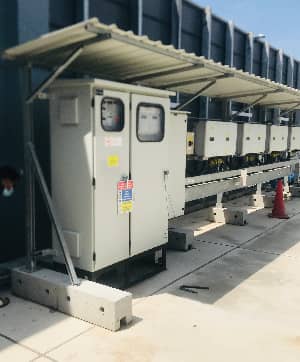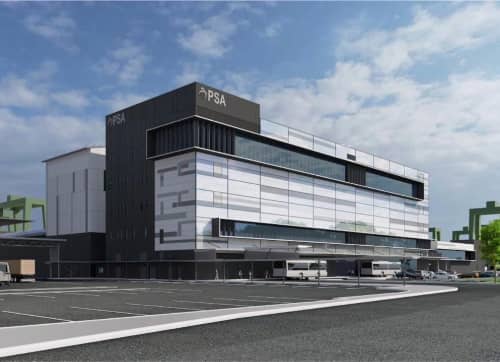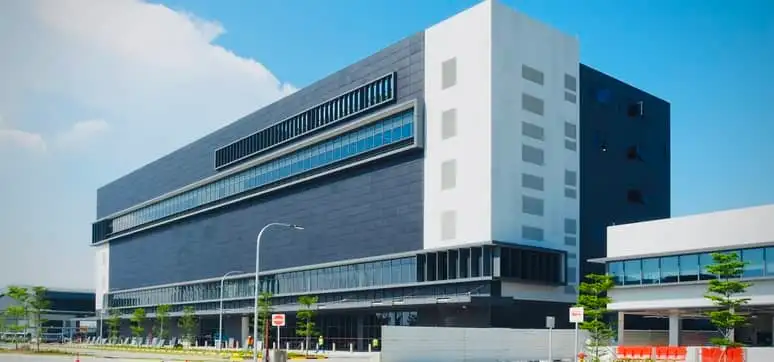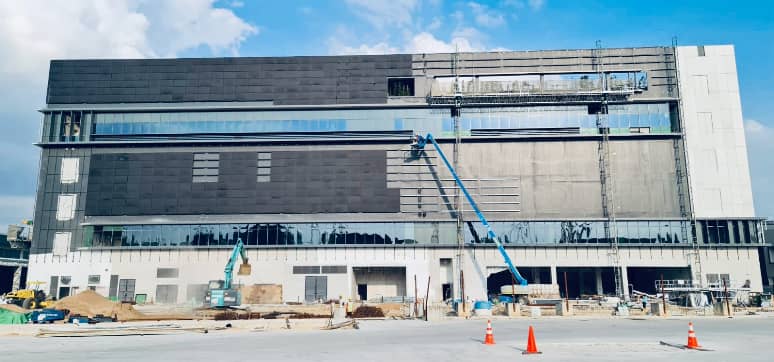Solar façades are the cheapest façade of all façades!
This is not a myth but an undervalued reality for the future of sustainable façade design.
Solar façades deliver solar energy to progressively pay down its own cost while all other façade materials (including paint and plaster) will continue to incur additional costs throughout its life cycle period.
It follows therefore that a solar façade with its active financial gain is an asset while all other façades should then be classified as a long-term liability.
 Therefore, in reality, solar façades which may appear to be more expensive initially, will ultimately emerge as the cheapest façade ever. So, will this new realisation be sufficient to move the needle for the industry to adopt solar façades as a new asset-class building material?
Therefore, in reality, solar façades which may appear to be more expensive initially, will ultimately emerge as the cheapest façade ever. So, will this new realisation be sufficient to move the needle for the industry to adopt solar façades as a new asset-class building material?
I think the answer is quite obvious but the truth is there are still many legacy problems that need to be explained and practically proven before they can be accepted as mainstream solar architecture.
So, let me address some of these problems as the way forward.
Singapore lacks land space and rooftop space for mounting horizontal solar. But, we have a huge amount of vertical space on the buildings to mount BAPV (wall-mounted PV) or BIPV (wall-integrated PV).
The Vertical Factor
The industry has been quite sceptical about installing vertical solar due to the potential power loss from the reduced irradiance of the vertical surface.
Hence, the industry is naturally inclined to believe that vertical solar façade is unlikely to deliver any appreciable payback, much less an ROI.
So, instead of accepting this as a matter of physic-driven fact, it has evolved into a stubborn legacy problem impeding the deployment of vertical solar.
Problem statement: A sense of colours and aesthetics
Until the advent of innovative coloured PV, the traditional patchy black PV was also a big pushback to the deployment of solar façades.
However, with the introduction of attractive colours to the PV panels, solar architecture may be pushed to take centre stage, especially with regards to architectural aesthetics as well as addressing the urban heat island (UHI) effect, especially with colours offering higher albedo to counter such effect.
Problem Statement: Financial Pragmatism and Undue Obsession With ROI
Undue ROI obsessions, driven by financial pragmatism have caused many solar project cancellations. This is due no less to the lack of information and qualified data which in turn lead to misunderstanding and misrepresentation to the decision makers.
The small number of solar architecture players may also contribute to the lack of engagement and information flow across the industry.
Solution: Government Lead Test Bedding Project
It is for this reason that our Singapore Government has funded a project at PSA Tuas to serve as national test-bedding for BAPV solar façade installation.
The real-world data collected from is test bed is expected to form a useful case study of BAPV to either support, address, or otherwise debunk the legacy issues plaguing the industry.
About PSA Tuas Test-Bedding
 In the case of PSA Tuas, the solar façade is able to deliver sufficient solar energy to offset the delta cost or the differential cost between aluminium cladding with solar cladding in a very short time. For ease of reference, I shall refer to this as the primary ROI.
In the case of PSA Tuas, the solar façade is able to deliver sufficient solar energy to offset the delta cost or the differential cost between aluminium cladding with solar cladding in a very short time. For ease of reference, I shall refer to this as the primary ROI.
While the primary ROI of PSA Tuas was originally projected to be much longer the reduced primary ROI of less than 3 years is a pleasant surprise representing an impressive push factor moving forward.
The impressive result is of course collated with favourable real-world data driven in part by improvements in coloured solar technology.
After the primary ROI, the solar façades would continue to produce solar energy beyond its service life which may last 30 years and beyond.
The real-world data suggest that PSA’s total financial gain from its solar installation is projected to exceed several times its original cost, with IRR exceeding 1O%.
Although this financial projection is rather impressive, it does not follow therefore that all other solar façades will deliver the same result due to other variables including but not limited to country tariff, orientation, etc.
PSA Tuas shall however serve as a good validation benchmark and study model from which an educated understanding of the workings of vertical solar will inspire the solar façades of the future.
It re-affirms our belief that deploying vertical solar façades can be both a profitable and sustainable endeavour, in spite of its apparent disadvantage with vertical solar irradiance.
It should also be sufficient ground to debunk the legacy notion that vertical solar will never achieve an ROI, though this ROI may vary according to different projects.
It also reinforces our earliest assertion that solar façade is indeed the cheapest façade material ever, since no other material is expected to pay for its own cost.
In spite of the favourable study, it may still be necessary for decision-makers with undue ROI obsession to modify their expectation to focus on the primary ROI as a practical initial assessment. This will provide them with an added impetus to exploit the unprecedented opportunity in order to enjoy the full financial gain from the cheapest façade ever.
Environmental Factor: High Carbon Reduction and Low Carbon Tax
Financial benefits aside, solar façade is also known is deliver the highest carbon reduction ever. A solar façade is 60 times more efficient in reducing carbon emissions than for example a green wall. Green walls will produce oxygen to clean the environment, which is great for air pollution control. It is however not necessarily the best option to reduce carbon tax due to its relatively low carbon reduction index. Other material options are also not particularly impressive in turn of measurable carbon reduction.
It is envisaged that PSA Tuas has the potential to save a further $500,000 in carbon tax avoidance from its 30-year service life of solar façade installation.
The carbon tax amount may vary according to the prevailing carbon tax rate, but as we approach our committed datelines and ever-elusive low carbon targets, it is likely that the amount will escalate further as a punitive measure to drive urgent climate action.
Should that happen in the future, then it will translate into a big opportunity cost for those who were not astute enough to install solar façades in the first instance.
Solar façade is still in a rather nascent state at the moment since some decision-makers are mistakenly led to believe that it is the only “good to have” option.
Given the high potential for financial and environmental benefits of solar façades as discussed in this article, it is not inconceivable that solar architecture will surely be brought into the spotlight as mainstream architecture of the future.
After all, which building does not need an energy-producing solar façade as a financial asset.















